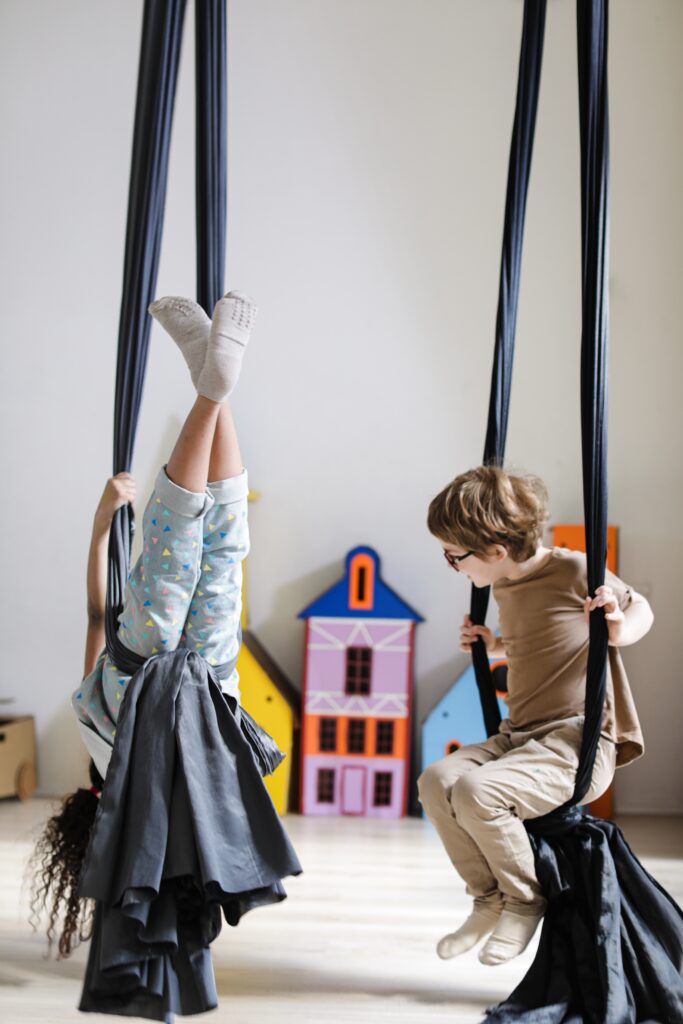How Can I Support My Child While I Wait for an ASD Diagnosis?
This is key information! You do not need to have an ASD diagnosis to request support from your local authority.
Do not wait for a diagnosis to start to advocate for the support you need.
If you believe your child has ASD and you are embarking on the journey to diagnosis there are things you can do to help yourself and your child during this time:
- Reach out to other parents. Isolation is a big problem here and sharing your experiences with other parents or carers is invaluable.
- Advocate for your child! If you have created a symptom diary you should have a meeting with your Senco/key worker to make a plan to ensure your child’s needs are being met in school and other settings while you wait for medical help. You do not need a diagnosis for this. If you have a list of symptoms ensure that the school/caregiver understands the needs your child has and agree a plan to help alleviate triggers. This will benefit all those in the setting.
- Speak to your GP about any services you can access through them while you await diagnosis, this could be speech and language support for example.
- Remember to speak to your local authority about their local offer and what support you can access in the meantime. As a starter do an online search for your local authority and ‘local offer’.
- Ensure that you are open to family and friends about what is happening. You need as much support as possible. Respite is key whenever possible.

There is no escaping waiting times are very long (even in the private sector) and it’s important to feel like you don’t have to wait for an assessment to start helping your child and get the support you need.
Advocate for your child and ensure their needs are being met in school and other settings while you wait for medical help.
Ensure you have carried out the symptom checker.
And keep a detailed diary of the symptoms and triggers – Use this to support your conversations. Tracking behaviours is key.
These are common strategies used to support children with ASD and can be used to help your child while you await diagnosis:
1. Establish a consistent routine: Establishing a regular daily routine is important for children with ASD. Routines help children with ASD understand what to expect and can help them feel more secure.
2. Use visual supports: Visual aids such as pictures, charts and schedules can help children with ASD better understand and complete tasks.
3. Provide structure: Structure and consistency can help children with ASD feel safe and secure.
4. Use positive reinforcement: Positive reinforcement is key to helping children with ASD learn and practise new skills.
5. Model appropriate behaviour: Modelling appropriate behaviour is an effective way to help children with ASD learn how to interact with others.
6. Foster communication: Communication is an important part of supporting children with ASD. Use speech, sign language and picture cards to help children with ASD become better communicators.
7. Provide sensory input: Sensory input helps children regulate their emotions and behaviour. Engage in activities that provide a variety of sensory experiences, such as swimming, art, music and playing with tactile toys. Try looking for sensory toys and aids on Sensory Direct‘s page or on Amazon.
8. Encourage physical activity: Exercise can help children with ASD reduce stress and improve behaviour.
9. Avoid punishment: Punishment can be counterproductive and can lead to increased aggression and stress.
10. Get help: Seek professional help if needed. A qualified therapist, such as an occupational therapist, can help children with ASD learn new skills and manage behaviours.
Here are some specific therapies that can help children with ASD manage their behaviour traits.

